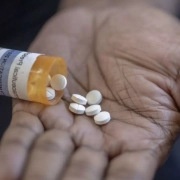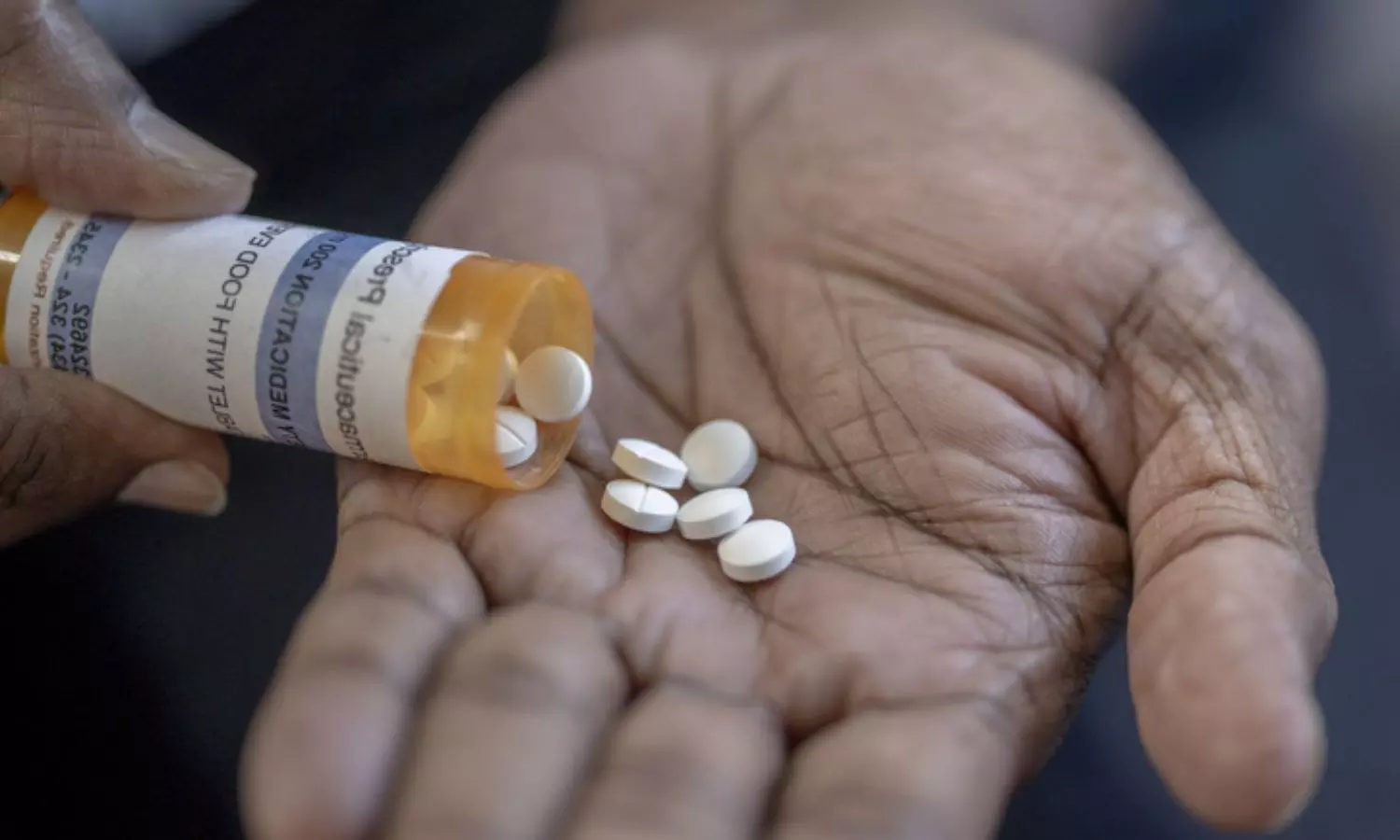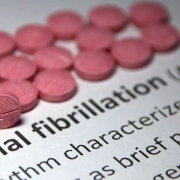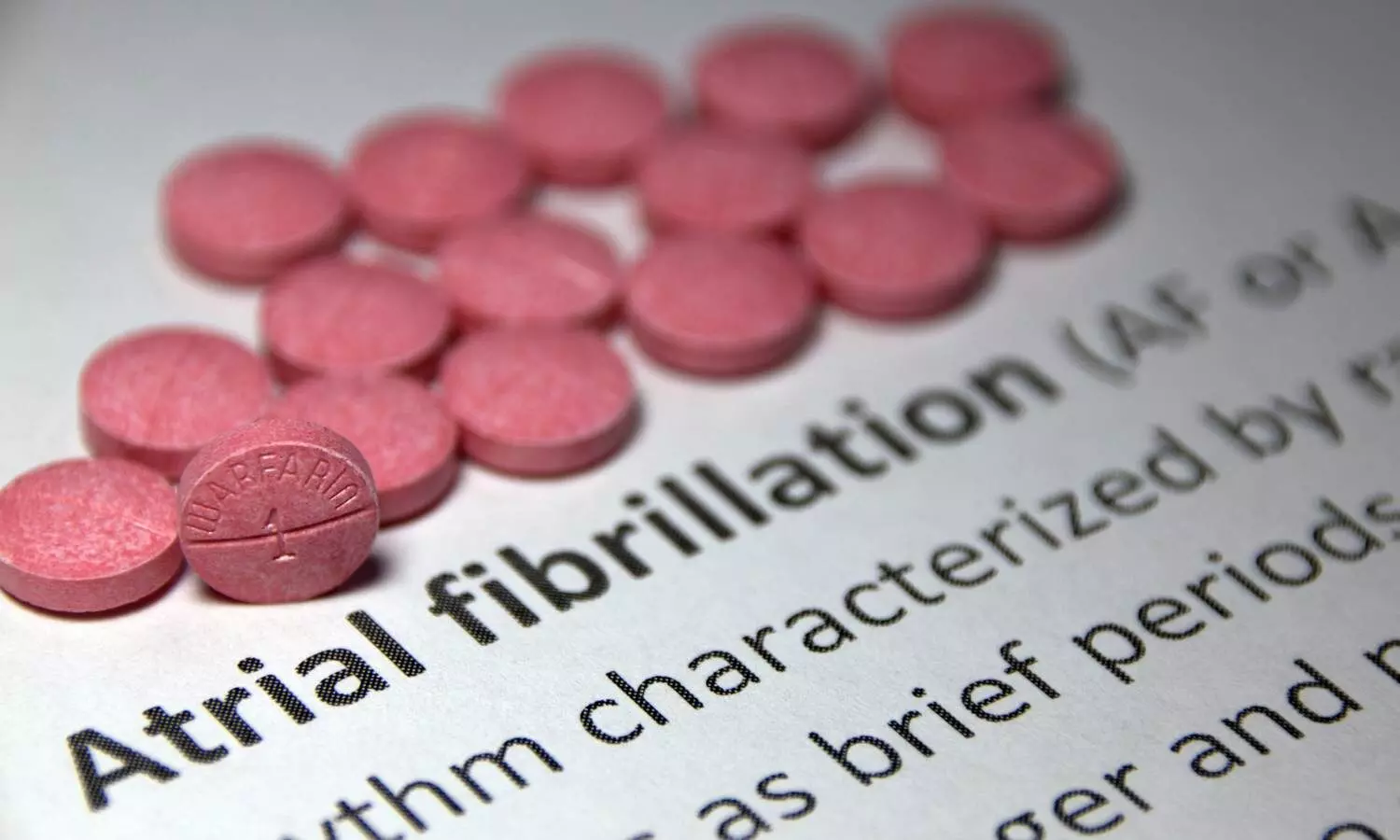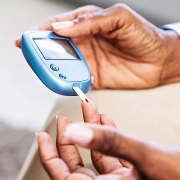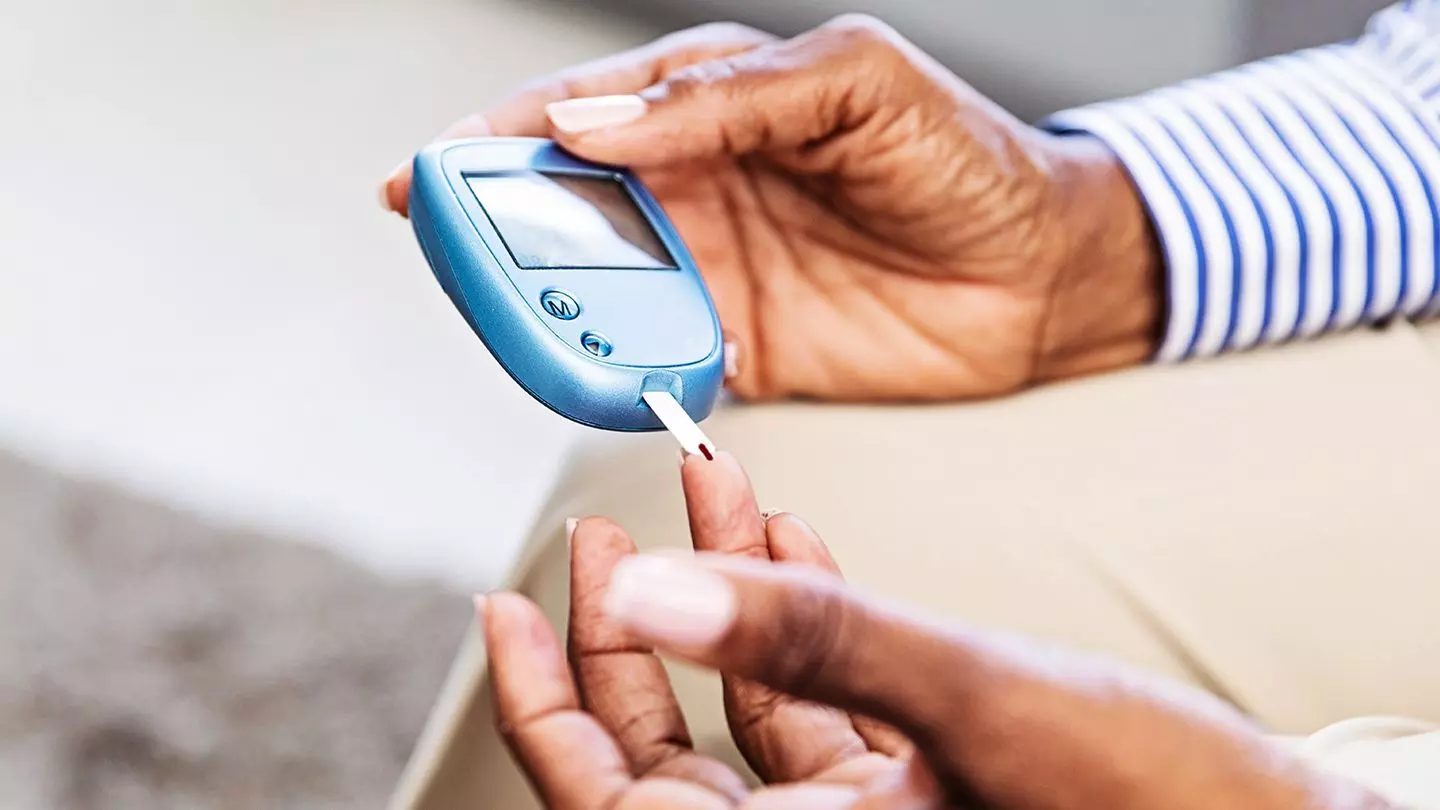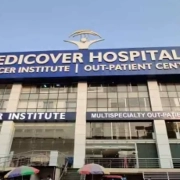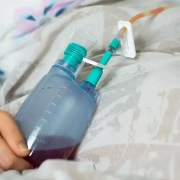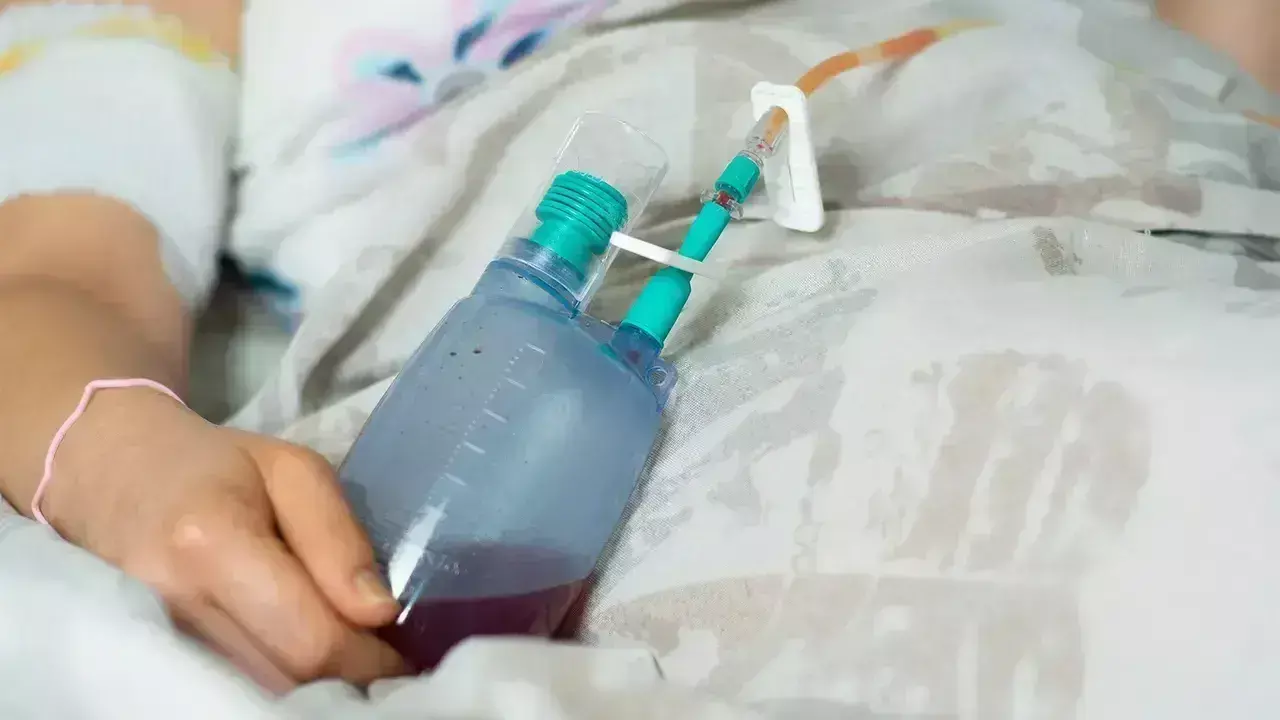
New Delhi: Taking note of problems affecting the healthcare services at the Government-run hospitals in Delhi, a committee constituted by the Delhi High Court recently submitted its interim report listing the immediate, short term and long-term measures required to be implemented for the betterment of the system.
Medical Dialogues had previously reported that earlier this year, expressing displeasure over the “misleading” information provided to it on the functioning of medical equipment in GTB hospital, the Delhi High Court had advised the State to constitute a committee of doctors to examine the hospitals run by the city government to come up with a solution. These directions were issued by the Court while considering a PIL initiated by it on its own in 2017 concerning the issue of the non-availability of ICU beds and ventilator facilities in government hospitals in Delhi.
Consequently, the Delhi HC on February 13 formed a six-member committee of experts to evaluate and improve the medical facilities run by the State Government and Municipal Corporation of Delhi. Last week, the Committee submitted its Interim Report identifying the measures to improve the healthcare system in Delhi.
Here are the key takeaways from the Interim Report of the panel, which was submitted to the High Court:
The panel has identified the lack of manpower including the inadequate number of specialist doctors, GDMOs, Senior and Junior Residents and other staff in 38 government-run hospitals in Delhi. As per the report, among the 1700 sanctioned posts of specialists in these hospitals, a total number of 818 posts (around 50%) are still lying vacant. Further, it noted that 189 out of 741 sanctioned posts of GDMOs are lying vacant and 762 out of 2953 posts of senior residents are also unfilled. In the case of Junior Residents, 542 posts out of 2250 sanctioned posts are vacant. There is a huge vacancy in respect of Nursing and Para-medical staff as well.
1. Give Autonomy to Hospitals for Contractual Employment:
To fill up these vacant posts of Specialists, GDMOs, and resident doctors immediately, the panel has recommended giving autonomy to the respective hospitals to fill up the vacant posts on adhoc/contractual basis.
It has been recommended by the committee that emoluments and other benefits for the contractual employees should be at par with the regular appointments to attract candidates for such contractual employment.
“Filling these posts will be easier if the salary is 25% more than that of a regular employee,” recommended the panel.
2. Hire Visiting Consultants on Hour-based Remuneration:
Noting around 50% vacancies of specialists in the Delhi-based hospitals, the panel suggested paying remuneration based on working hours to the visiting consultants to deal with the shortage of specialists. In its interim report, the panel recommended that such visiting consultants should be paid Rs 1.5 lakh plus incentives for 4 hours, Rs 3 lakh plus incentives for 8 hours, Rs 4 lakh plus incentives for 12 hours and Rs 2 lakh plus incentives or on-call basis for night calls.
As a long-time measure to tackle the scarcity of specialists in Delhi government hospitals, the committee has suggested creating a panel of consultants comprising private practitioners who can cater to government hospitals on a part-time basis. However, the committee recommended ensuring that such specialists were receiving at least 1.5 times more salary or fees than that of a regular employee on weekdays and double on holidays and weekends.
3. Compulsory One-year Residentship at Parent Institutes:
Taking note of the huge vacancies in the posts of Senior and Junior Residents, the committee, constituted by the Delhi High Court, has recommended making one-year residentship (JRs/SRs) compulsory at the parent institutes where the doctors pursued their MBBS or MD courses.
“Compulsory one year of SR ship in the institution from where MD is done (like being followed in some states/Institution),” the panel recommended in respect of the vacant posts of Senior Residents.
Similarly, for the vacant posts of Junior Residents as well, the panel suggested introducing “compulsory one year of JR ship in the institution from where MBBS is done like being followed in some states/Institution.”
Also Read: Shortage of Resident doctors! Panel suggests Compulsory 1-yr JRship at medical college from Where MBBS is Done
4. Implement PPP Model to Deal with Shortage of Equipment:
In its report, the panel highlighted the huge numbers of non-functional medical equipment in the Delhi hospitals and suggested implementing a Public-Private Partnership (PPP) model for CT scan and MRI services by identifying successful bidder for this purpose. It also suggested that PPP model or leasing models could be implemented for procuring various equipment like ultrasound machines, dialysis machines, ventilators, lab diagnostic machines, ICU and cardiac monitors, ABG machines, etc.
Currently, at the Janakpuri Super-Specialty Hospital {JSSH) and PGI Rohtak a PPP model is running successfully. In all hospitals where CT/MRI scan or radiologist is not available, the aforesaid model can be adopted and implemented, especially in level 3 & 4 hospitals, highlighted the panel.
5. Requirement of Additional ICU Beds:
Referring to the recommendations of the World Health Organization (WHO) of having 3 hospital beds for a population of 1000 people, the panel noted in its report that for around 3 crore population in Delhi, 90000 hospital beds are required. It also highlighted that as a general rule, it is suggested that there should be 5-10 percent of hospital beds as ICU beds. This number can be more in a tertiary care or a super-specialty hospital. Some of the Delhi hospitals have up to 25% of hospital beds as ICU beds.
As per the report, currently, Delhi government hospitals have 1058 ICU beds. However, according to the committee, these beds should be enhanced to 2028 beds by adding 1046 additional beds in the existing hospitals, but eventually Delhi will require 4500 beds out of which Delhi government hospitals should contribute at least 2400 ICU beds.
6. Centralised Command and Control Room, Referral Coordinator in Every Hospital:
Considering the issue of providing real-time information concerning the availability of ICU/HDU beds in various hospitals and their timely availability for patients, the panel suggested setting up a centralized command and control room (CCR) by the IT department of GNTCD which should be manned by adequately trained executives and medical professionals round the clock.
“This control room should at least have a live screen showing the location of available emergency and ICU hospital beds and medical services (like CT I MRI, OT facility, etc.) in the near vicinity of the patient and the promptness and availability of an ambulance service. There should be a screen showing region-wise Gee-mapping of all the Delhi hospitals with dynamic details of available facilities,” recommended the panel.
Further, the panel recommended that every hospital shall designate a referral coordinator, who shall update the information on the dashboard linked to the Centralised Command and Control Room (CCR).
7. Reverse Referral Policy:
To ensure that healthcare resources are utilized optimally, the panel constituted by the Delhi High Court suggested implementing a reverse referral policy to streamline patient transfers from higher-level to lower-level facilities when appropriate.
8. Convert large service hospitals into medical colleges:
The committee recommended in its report that spending money on large service hospitals results in suboptimal outcomes as the staff of such hospitals is not updated to the recent developments of rapidly evolving medical science. Therefore, they are inclined to refer difficult patients to medical colleges or tertiary care institutions.
As per the panel, by increasing the budget of such hospitals by around 20-25%, these institutes can be converted into teaching institutions. This will ensure that the specialists of such institutes will become teachers and they will remain updated and in return will produce medical graduates.
9. Proposal to create the “Delhi State Health Authority”:
The panel has recommended setting up a High-Power Delhi Health Authority directly under the control of the Principal Secretary of Health, Department of Health and Family Welfare, Government of NCT of Delhi. It suggested that there should be a Central Authority named “Delhi State Health Authority” (DESHA) and further “District Health Authority” in the districts.
As per the panel, DESHA should be chaired by the Principal Secretary of Health and also comprise the Director of OSHA. It should have a 24×7 working office and should be manned by the CMOs around the clock. DGHS (Govt of India), DGHS (Delhi), Director, Lok Nayak Hospital, Director, GTB Hospital, Director, Hindu Rao Hospital, and Director IBHAS should be other members of the committee.
The committee recommended that the Authority will have the District Level Dm/DC as In-charge & responsible for implementation & execution. Their responsibility will be to ensure any healthcare emergency in their respective districts will be attended through Central Control room and appropriate action is taken. It will enable timely action as desired.
Subsequently, it will conduct arrangement and audit of hospitals in terms of service provided, outcome and other infrastructure-related issues. Such an authority will also have a grievance redressal mechanism, recommended the panel.
10. CGHS Rates at Private Hospitals:
The report highlighted that the Delhi Government currently has the Delhi Arogya Kosh (DAK) scheme which allows the patient to avail the services of private hospitals at CGHS rates.
Such facility can be extended to emergency services (E-DAK) as well, recommended the panel, adding that this will ensure that any patient in an emergency can be transferred to the nearest private hospital and avail the services at CGHS rates and have online approval within 4 hours.
“Every citizen should with a Delhi Aadhar card should be entitled to receive emergency health care at any nearby private hospital by producing the Adhar card. Some mechanism for the migrant population should also be worked out in this regard,” the panel recommended.
“Aadhar card holders should be permitted to avail such facilities and the government should sign MOUs with select private players who can provide care at CGHS rates,” it further added.





